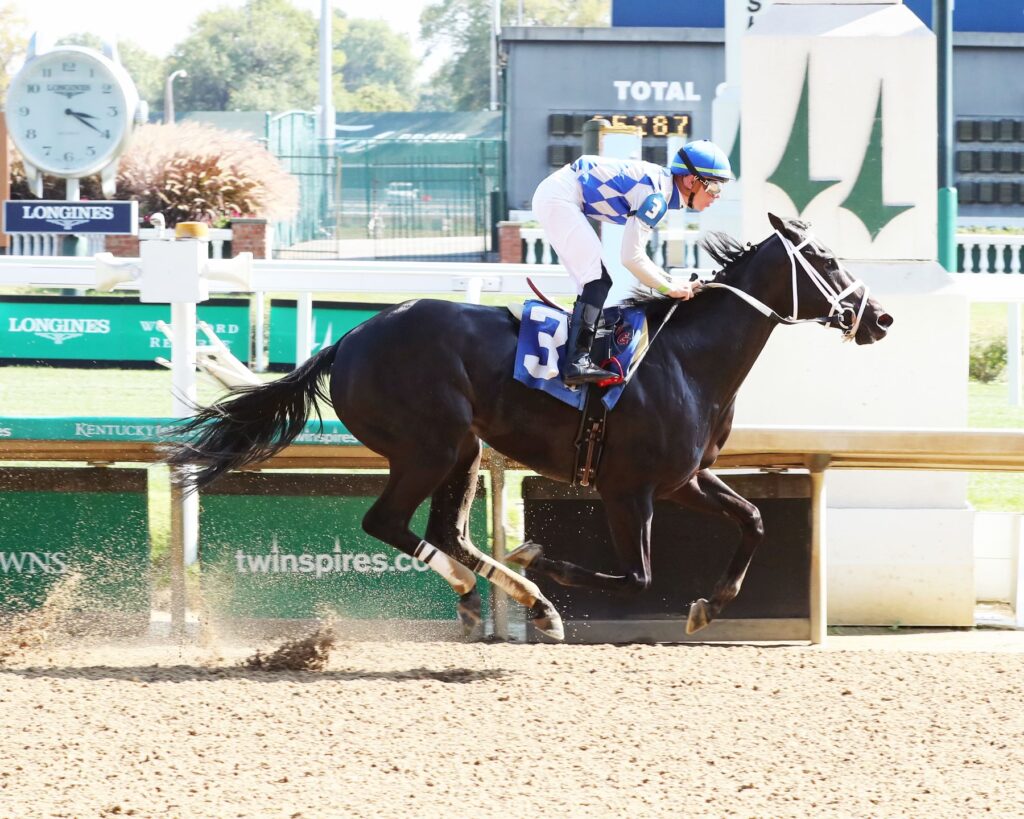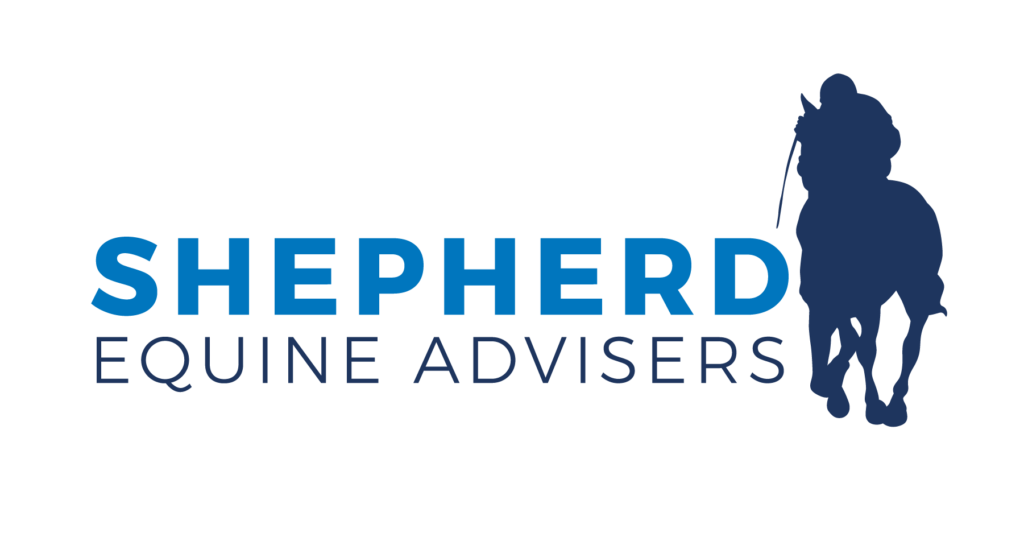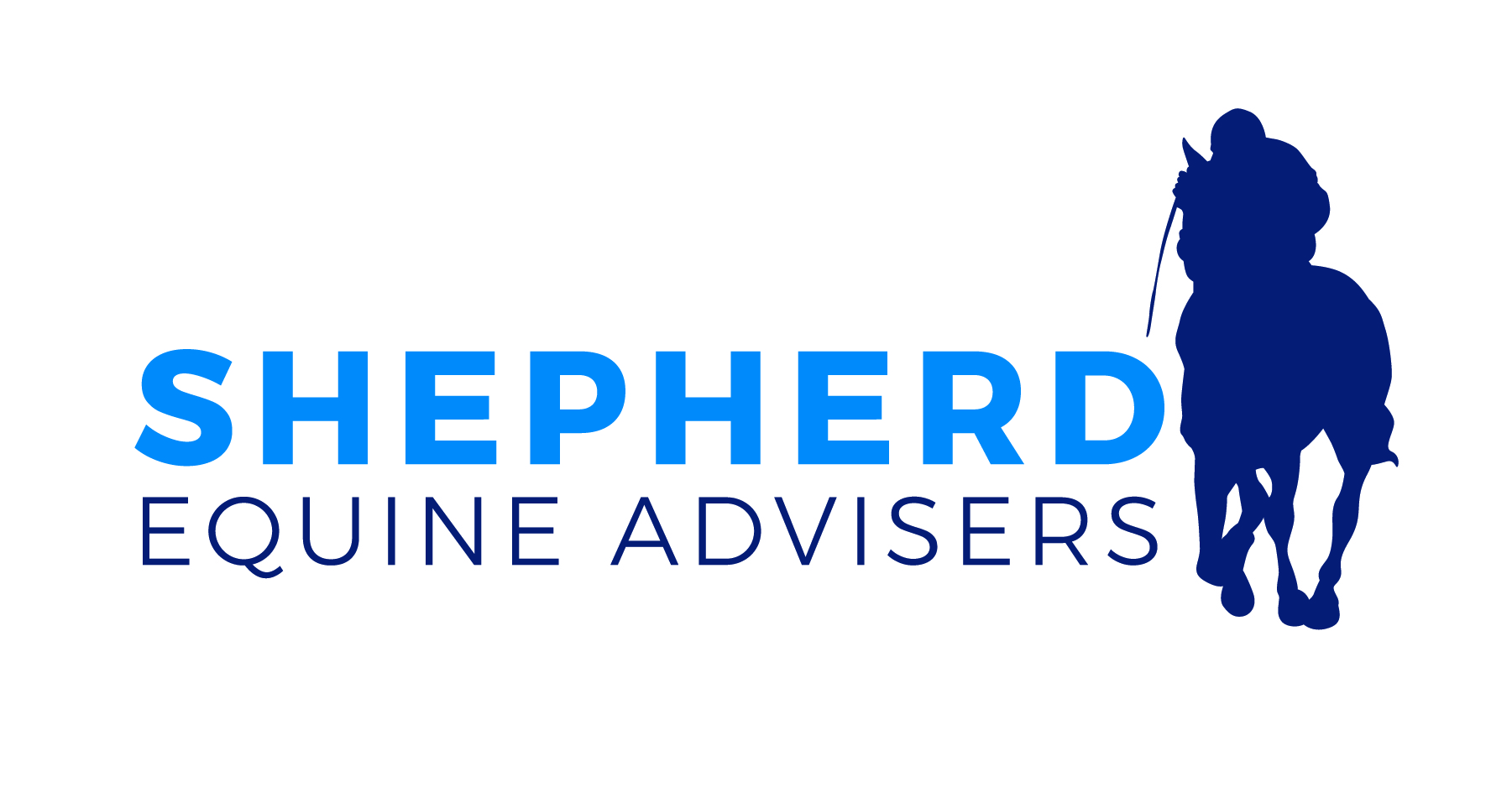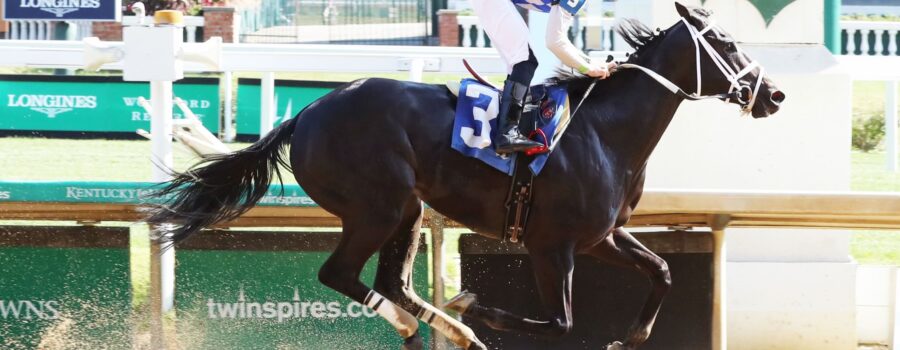The Dangerous Illusion of a “Good-Looking Horse”
At every sale, the story repeats itself.
A well-built, flashy colt struts into the ring. Shiny coat. Powerful hip. Balanced walk. Bidders light up. Paddock whispers follow: “He just looks like a runner.”
But six months later? That same colt is running dead last—or worse, he’s sidelined with a soft tissue injury.
If you’re breeding or buying based on looks alone, you’re playing a dangerous game. Conformation without compatible pedigree structure is like a Ferrari with a bad engine. It looks fast. It sounds fast. But it won’t finish.
The harsh truth? A beautiful horse with poor structural balance in its pedigree will most times lose to a well-bred, average-looking one—especially over time.

Why Soundness and Stamina Start in the Blood
You can’t spot a soft palate issue on a catalog page. You can’t diagnose cartilage wear from a walk video. And you definitely can’t predict tendon density just by watching a breeze.
But here’s what you can do:
Use pedigree structure to forecast risk.
Certain patterns—tight inbreeding, unbalanced duplication, poor female family reinforcement—consistently correlate with higher rates of breakdown, bleeding, and early retirement. Not because of one specific flaw, but because the breeding plan lacked structural integrity.
The goal isn’t to play vet—it’s to stack the odds in your favor by designing structurally sound matings. That’s where soundness and stamina begin.
Run the numbers before you run the risk.
What “Pedigree Balance” Actually Means
This isn’t about nick ratings or trendy stallion lines. That’s shallow pedigree math.
We’re talking strategic pedigree architecture:
- Is there gender-balanced linebreeding?
- Are the duplications matched evenly between sire and dam?
- Are top female families reinforced, not just mentioned?
- What’s the second-generation balance score?
For example, a mare inbred to Storm Cat 3×3 is a timebomb unless she’s paired with an outcrossed, low-duplication stallion. Stack that pressure with a commercial sire who’s also heavy on that line? You’re breeding fragility.
That’s why OPTIMAL Matings evaluates all of this before a single dollar is spent.
A Template for Breeding Smarter
Here’s a practical, 3-part filter we use with clients before greenlighting a mating:
- Second Gen Balance ≤ 17
This metric measures how evenly genetic influence is distributed among a horse’s four grandparents. - Outcross Percentage ≥ 80%
A low outcross percent? That’s future vet bills. Aim for hybrid vigor through pedigree diversity. - Duplication Ratio Within 10 Points
Sire side has 44 duplications and dam side has 28? That’s a mismatch. You need balance—ideally no more than a 10-point spread.
Plug every planned mating through this filter. If it fails, walk away or find a better match.
Why Conformation Still Matters—But It’s Not First
Yes, you want a clean throat. A long hip. Deep gaskins. No one’s saying skip the physical.
But conformation is the expression of pedigree.
If the foundation is weak, the foal’s pretty package will collapse under the weight of 21-second quarter miles and deep stretch duels. You can’t fix a poorly constructed pedigree with corrective shoeing.
Here’s the right order of operations:
Pedigree → Physical → Price.
Never the other way around.
Start with what you can’t see. Because that’s what determines whether your horse runs in the money—or in the backfield.
A True Story from the Shed Row
We once advised a client to pass on a sale colt everyone was buzzing about. He was a walking sculpture—flawless conformation, perfect scope. But the pedigree? Disaster.
3×4 inbreeding to Mr. Prospector. Second-generation imbalance of 24. No outcrossing for five generations.
They skipped him and bought a plain-looking filly with an 86% outcross, strong female family reinforcement, and a 2nd-gen score of 9.
That filly? She’s now a stakes winner. That flashy colt? Never made it past his third start.
Looks fade. Pedigree design performs.
How to Apply This at Your Next Auction
If you’re evaluating a yearling or two-year-old in training, try this:
- Ignore the catalog picture. Pull the extended pedigree instead.
- Count the duplications. Aim for sire/dam sides within 10 of each other.
- Trace the female families. Are they from the elite 1st or 2nd tiers?
- Check for gender-balanced linebreeding. Especially to key influencers like Northern Dancer, Mr. Prospector, or Secretariat.
Use a tool like OPTIMAL Matings to do this fast—and accurately.
Then and only then — look at the horse.
Breeding the Best? Define “Best” First.
“Breed the best to the best” is worthless if you don’t know what “best” really means.
Best is not the highest stud fee.
Best is not the trendiest stallion.
Best is not who topped the last Keeneland sale.
Best means structurally compatible. Best means complementary influences. Best means your mare’s weaknesses are neutralized, not amplified.
If your definition of “best” doesn’t include pedigree structure and second-generation influence—you’re not breeding for the winner’s circle. You’re breeding for disappointment.
Let’s Build Your Next Winner—on Paper First
We get it. You love the feel of a powerful shoulder. The look of a big eye. The swagger of a confident colt.
But emotion doesn’t win races. Structure does.
At Shepherd Equine Advisers, we help clients win before they breed or buy. Every mating. Every auction purchase. Every decision—grounded in pedigree logic and proven breeding theory.
Here’s what we’ll do together:
- Analyze your mare’s full seven-generation structure
- Run compatibility reports on potential stallions
- Build custom matings to reduce structural risks and increase probability of performance
- Screen auction prospects with zero hype, all data
You don’t need more opinions. You need a system.
The Bottom Line
You can keep chasing pretty.
Or you can start building winners.
The industry is filled with shiny horses that break down, flame out, or never fire. Don’t let your next investment join them.
Use structure. Use science. Use a system that works.
Click here to schedule a consultation with Shepherd Equine Advisers. ⬇️
https://calendly.com/clark-bloodstock-agent-ky/consultation
Let’s stop breeding for beauty—and start breeding for brilliance.







Recent Comments